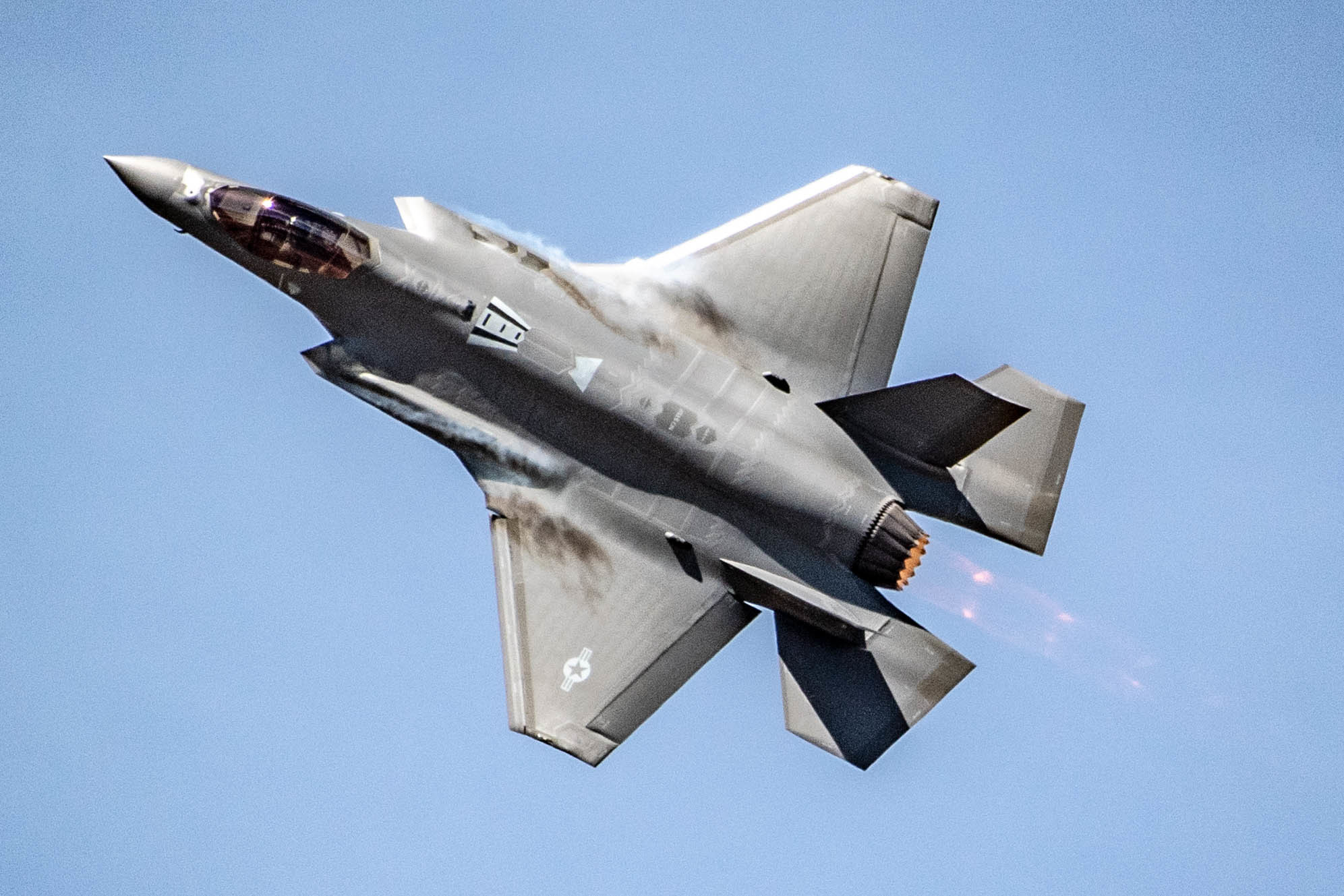Singapore will add eight conventional takeoff and landing (CTOL) F-35A stealth fighters to its existing order for 12 short takeoff and vertical landing (STOVL) F-35B variants. While Singapore had not previously ruled out the F-35A version, which offers various performance and cost advantages, it has now committed to a highly capable and versatile future fighter fleet that will comprise the F-35A, F-35B, and fourth-generation F-15SG — an advanced development of the F-15E Strike Eagle.
Singapore’s Minister of Defense Dr. Ng Eng Hen said that the combination of F-35s will put the Republic of Singapore Air Force (RSAF) in the “premier league” of air arms. The 20-strong Joint Strike Fighter fleet will also start to replace the RSAF’s aging but still-capable F-16C/D force. Speaking during a budget debate in parliament today, Dr. Ng said that the F-35As are expected to be delivered around 2030.
The decision to buy F-35As is part of increased investment in Singapore’s armed forces, as defense spending grows by a factor of 2.5 percent in the 2024-25 financial year, reaching around $15 billion. The exact cost of the F-35A purchase has not been disclosed, as is typical for Singaporean defense procurements.
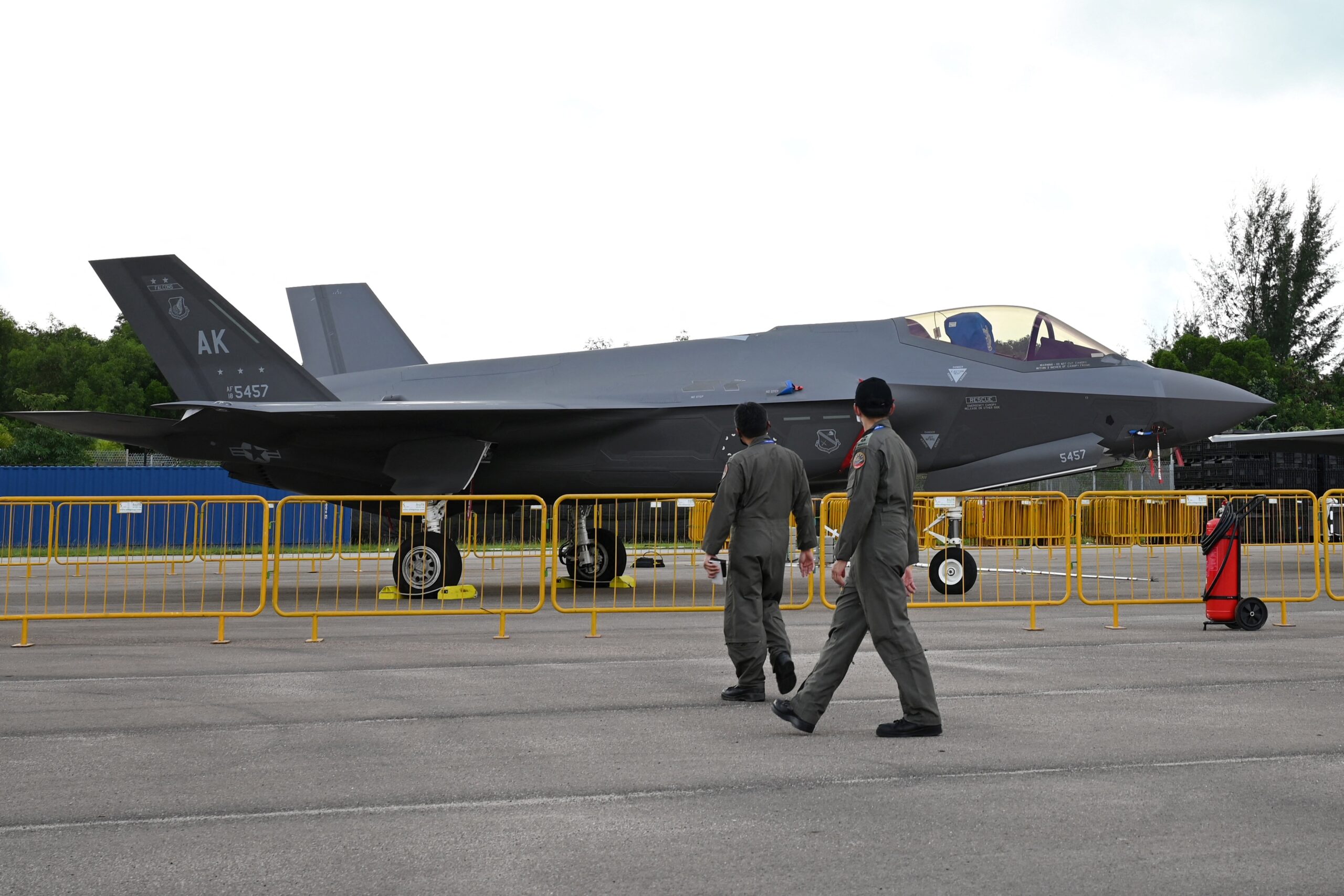
At the same time, the move has been driven, in part, by what Dr. Ng said is a “window of opportunity” in which F-35 prices are now more competitive, buoyed by a significant order backlog from different nations around the globe. On the other hand, he warned that other projects may have to be “deprioritized” to cover the F-35A costs. “But we’ve done our calculations, and we think that this is the best time to put [in] the order for the F-35As,” Dr. Ng added.
Singapore originally signed up for four STOVL F-35B variants in 2020, with these scheduled for delivery in 2026. Another eight F-35B options were taken up in 2023 and are expected to be handed over in 2028 — you can read more about this deal here.
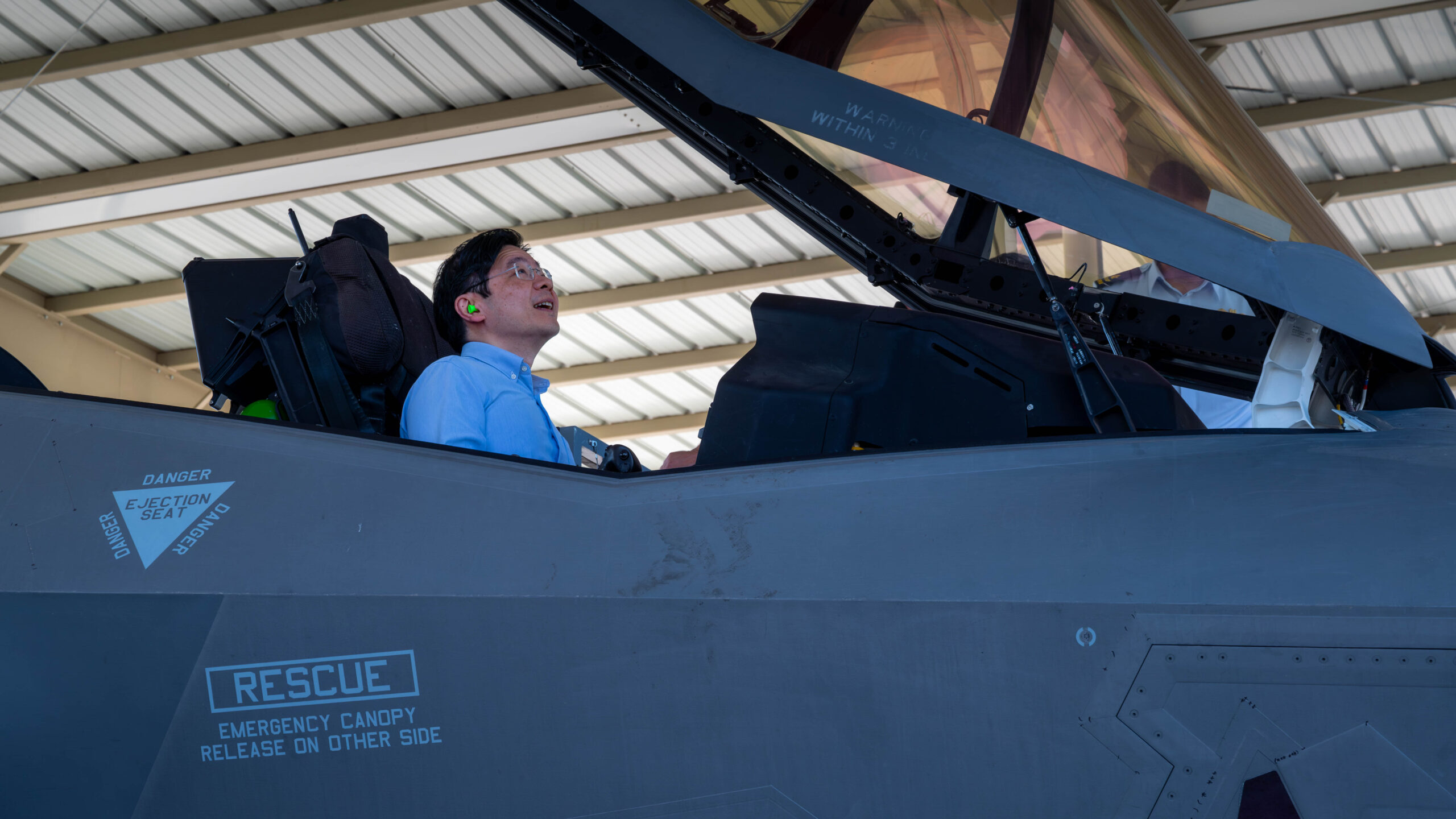
Clearly, the STOVL version of the Joint Strike Fighter has particular relevance to Singapore, a relatively tiny Southeast Asian island nation with limited infrastructure.
When the F-35B was first selected, Dr. Ng noted that its ability to operate away from potentially highly vulnerable airbase infrastructure is “an important feature in land-scarce Singapore.” In total, Singapore covers an area of less than 280 square miles. Furthermore, it’s planned to close one RSAF airbase, at Paya Lebar, in the 2030s. In such an environment, the ability to have F-35Bs disperse to suitably reinforced roadways or other small concrete pads is of enormous value.
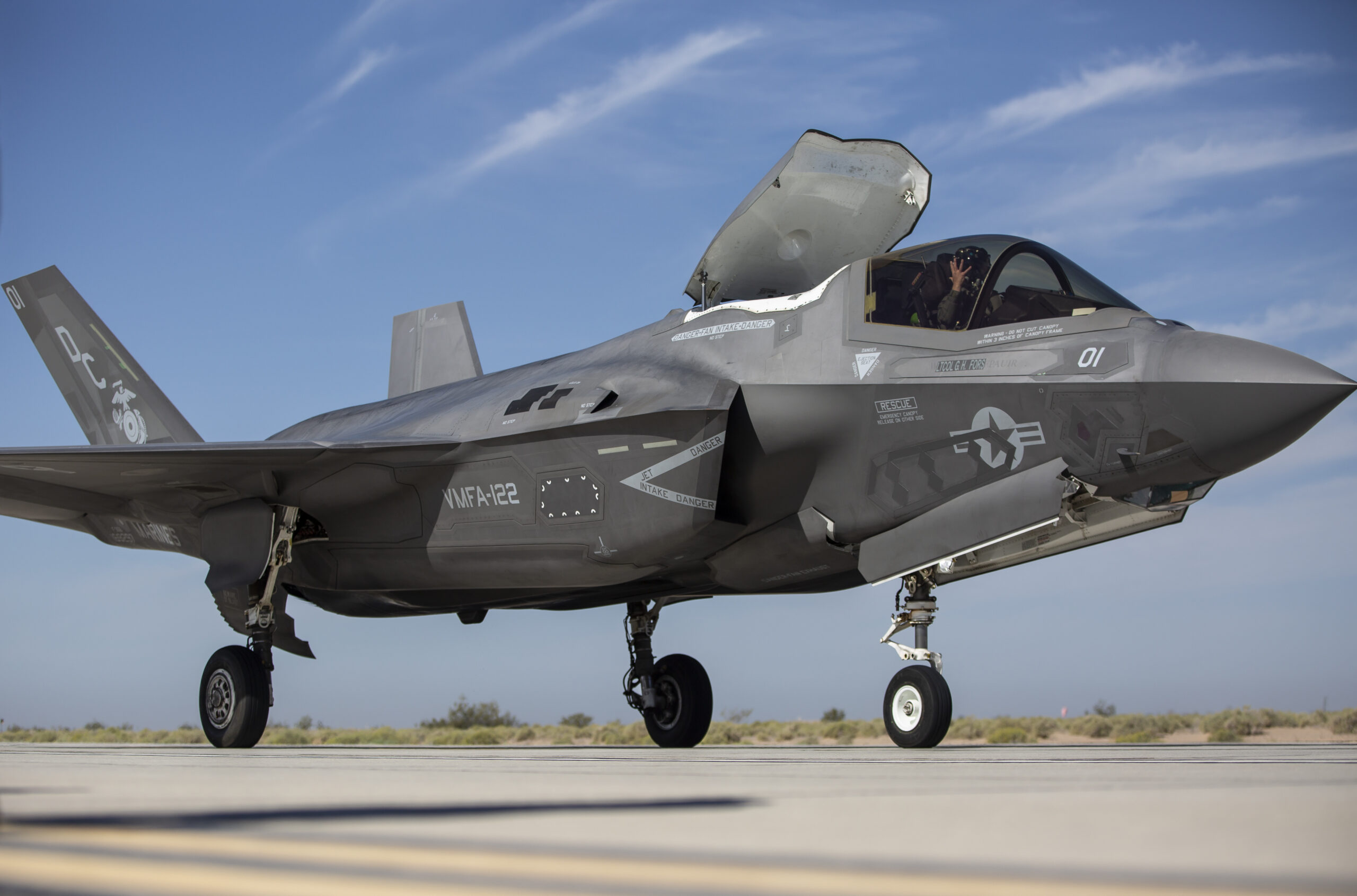
As well as being able to operate independently of runways, the F-35B can also fly from the flight decks of larger amphibious ships, although this currently seems far less likely for Singapore.
In the past, Singapore sought to deploy a new Joint Multi-Mission Ship (JMMS) that was expected to feature a full-length flight deck, primarily for helicopters, although there were suggestions that limited F-35B operations might also be feasible. The JMMS has now given way to a more modest Landing Ship Tank Replacement for the country’s four Endurance class landing platform docks. There are no signs of any plans to embark F-35Bs.
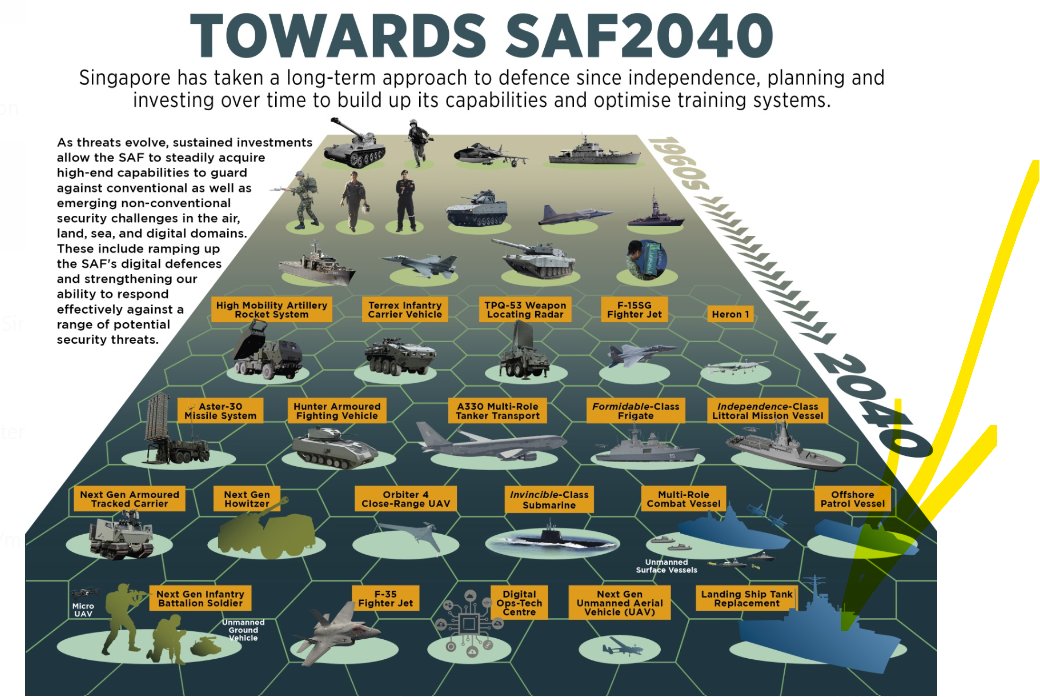
While procuring the F-35B, however, Singapore had never ruled out the F-35A entirely, evaluating it alongside the STOVL version during trials with the U.S. Air Force in 2022.
As we have pointed out in the past, “The F-35A is cheaper than the F-35B and less complex, while offering the benefit of a larger payload and greater combat radius, as well as commonality with a greater number of other operators.”
Singapore now seems to have reached the same conclusion.
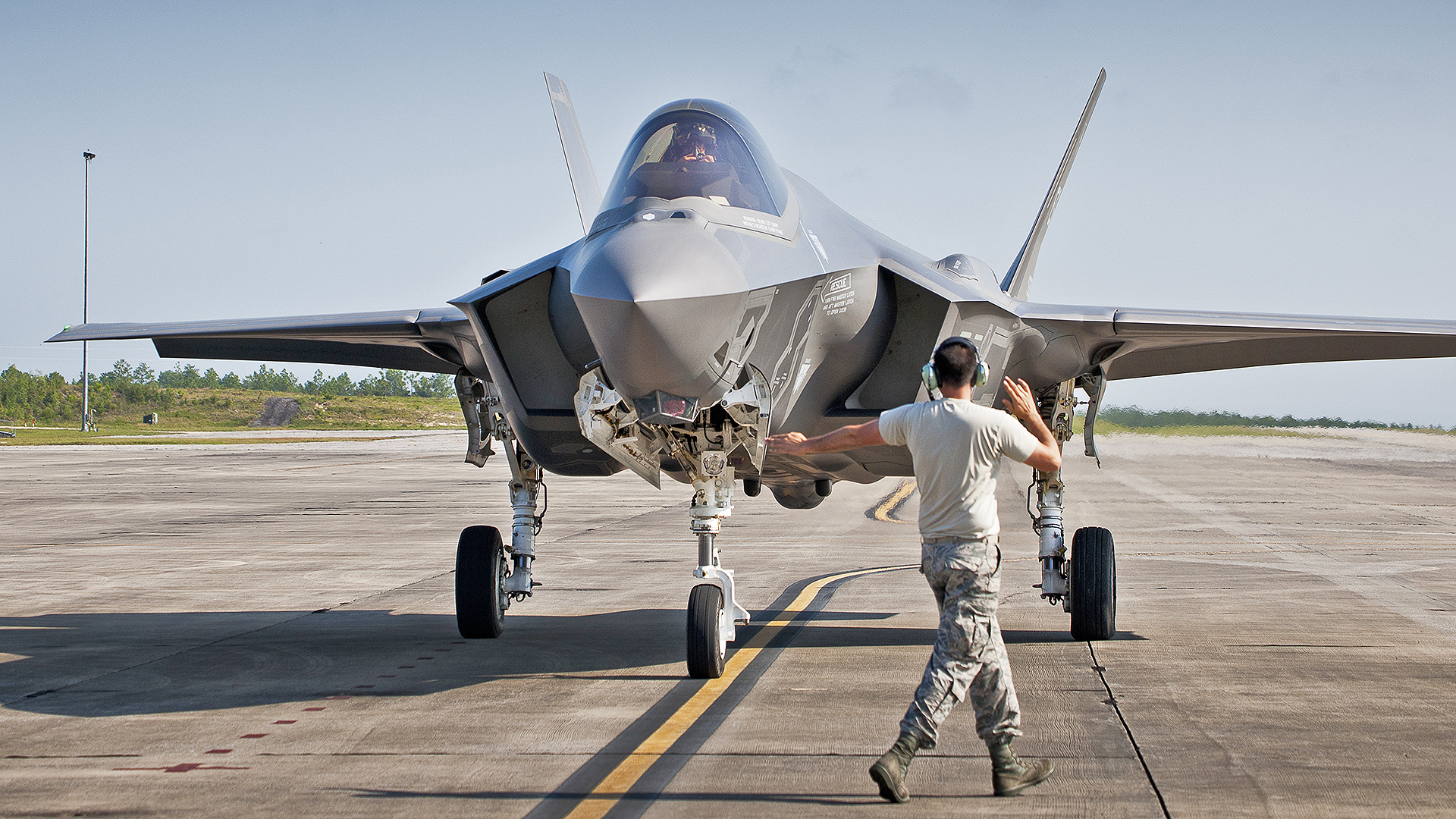
According to Roy Choo, a Singapore-based defense journalist, it’s likely that the country always planned for a mixed F-35A and F-35B fleet.
“With the island’s lack of strategic depth and vulnerable runways, the STOVL F-35B — with penalties in endurance, performance, and payload — offers the RSAF a means to operate part of its fighter fleet from semi-prepared airstrips or shortened runways,” Choo told The War Zone. The latest order of F-35As will allow the RSAF to employ the full gamut of capabilities the aircraft has to offer.”
While the F-35A cannot offer the same kind of runway independence that the F-35B does, it’s also possible to operate it from highways, if required, as you can read about here. At the very least, practicing this tactic will complicate the enemy’s targeting cycles and war planning.
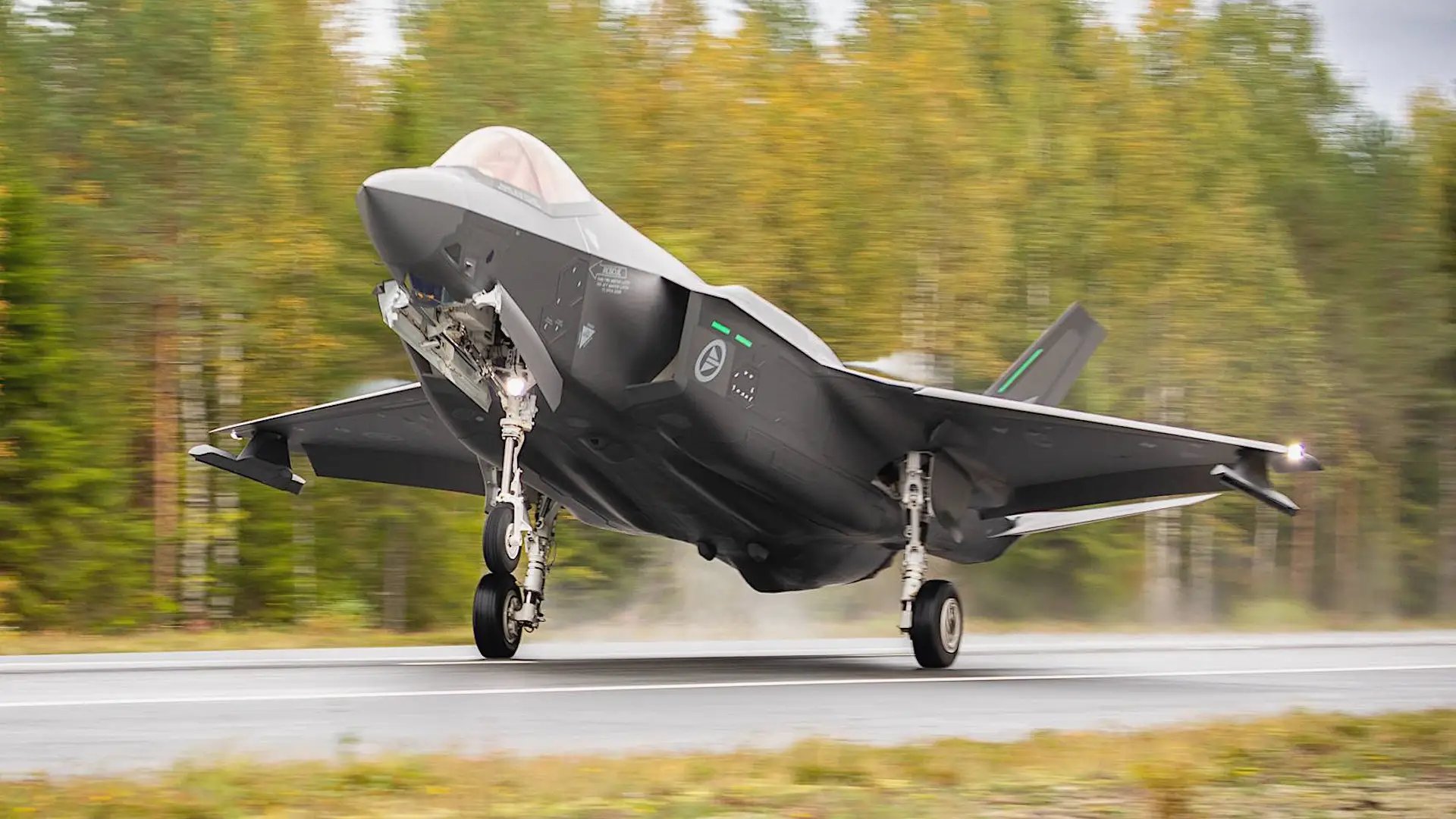
Due to infrastructure and airspace limitations, RSAF flying training takes place outside the country. A training hub for RSAF F-16 and F-35B pilots is already taking shape at Ebbing Air National Guard Base, Fort Smith Regional Airport, Arkansas, which hosts Singaporean F-16 training. Adding an F-35A training component here would be a possibility, but there are other options in the United States, too.
As for how Singapore will use the F-35A once it’s on the front line, the RSAF seems to have concluded that, facing an increasingly assertive China, especially in the highly contested South China Sea, it makes sense to have more fifth-generation fighters, even if they are restricted to conventional runway operations.
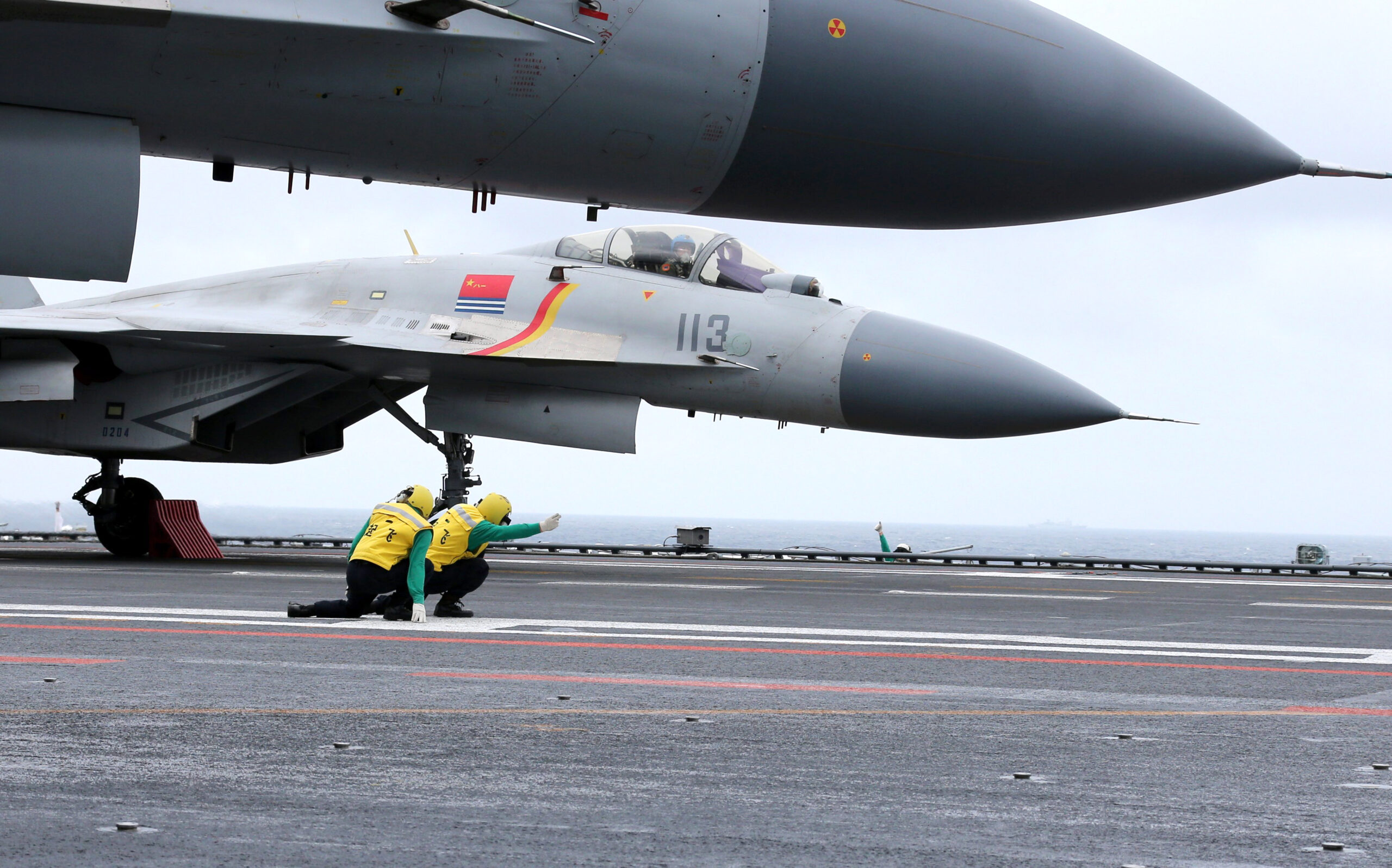
While Singapore doesn’t make any claim over the South China Sea, China claims virtually the entirety of these waters. As it seeks to reinforce its position there, Beijing has invested heavily in relevant weapons as well as established a network of man-made island military outposts in the region.
All this is worrisome to Singapore, which relies on the maritime trade routes in these waters for its economic existence. The presence of natural chokepoints like the Malacca Strait provided China with an option to exert considerable pressure on Singapore, should it choose to.

Speaking today, Minister of Defense Dr. Ng Eng Hen warned of the consequences of a spiraling trade war between China and the United States, and also of the potential of unforeseen contingencies in the region.
“I can assure this House that surprises and unintended consequences are in store, some linked, others completely out of the blue,” he said. “When the ambient temperature of geopolitics rises, sparks and fires will arise from multiple sources.”
“So, I have reversed my assessment for today’s generation in Singapore and elsewhere. The risk of regional and even global conflict in the next decade has become non-zero. I do not make this assessment lightly.”
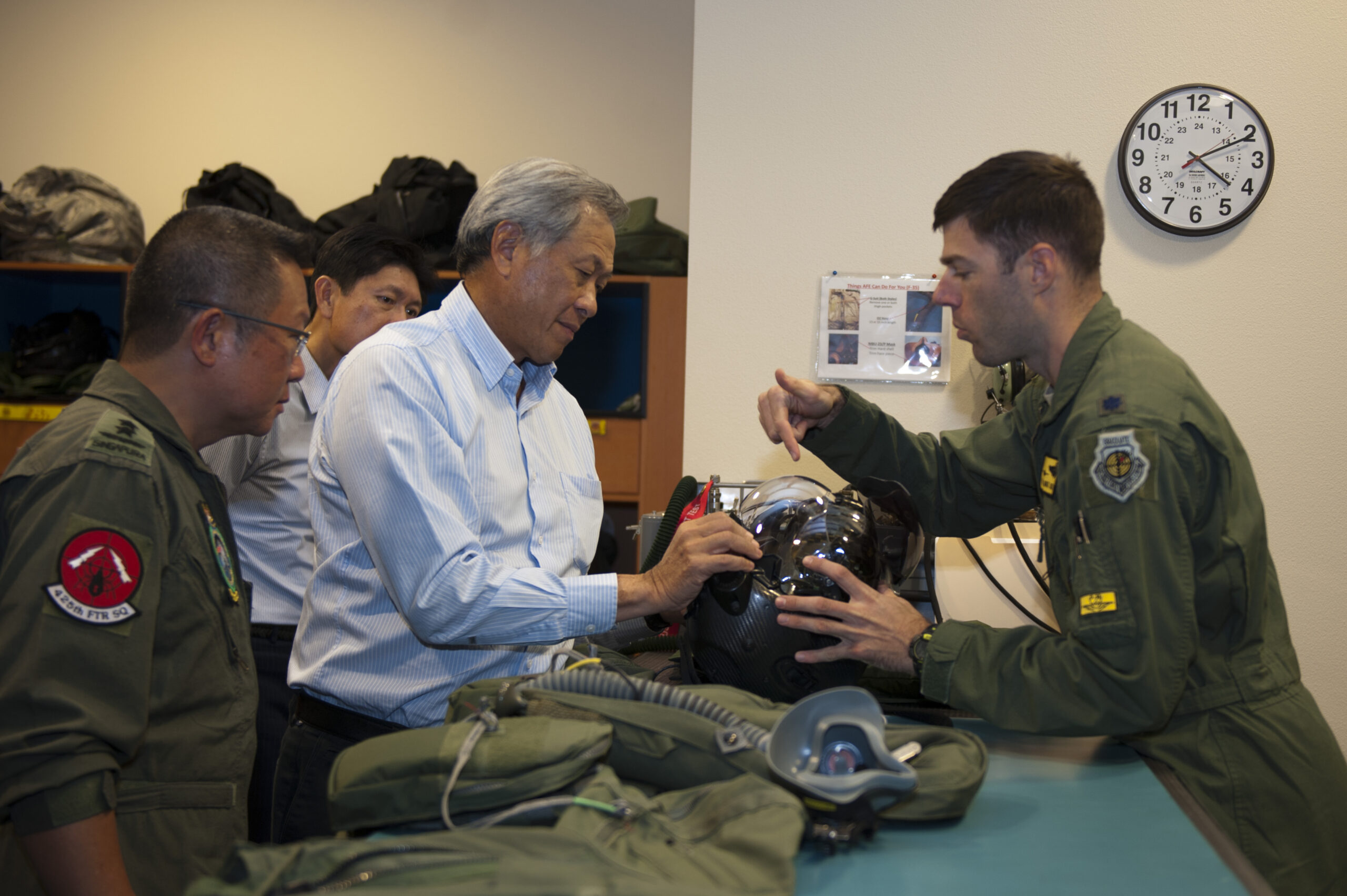
While the F-35A may not have the F-35B’s ability to potentially survive a massive Chinese attack on Singaporean airbases, its capabilities may still act as a deterrent against Chinese aggression.
The F-35A also offers commonality with other allied air forces in the Pacific region. Australia, Japan, and South Korea all operate the F-35A (Japan also flies the F-35B), while U.S. F-35A and Bs are also a permanent presence there.
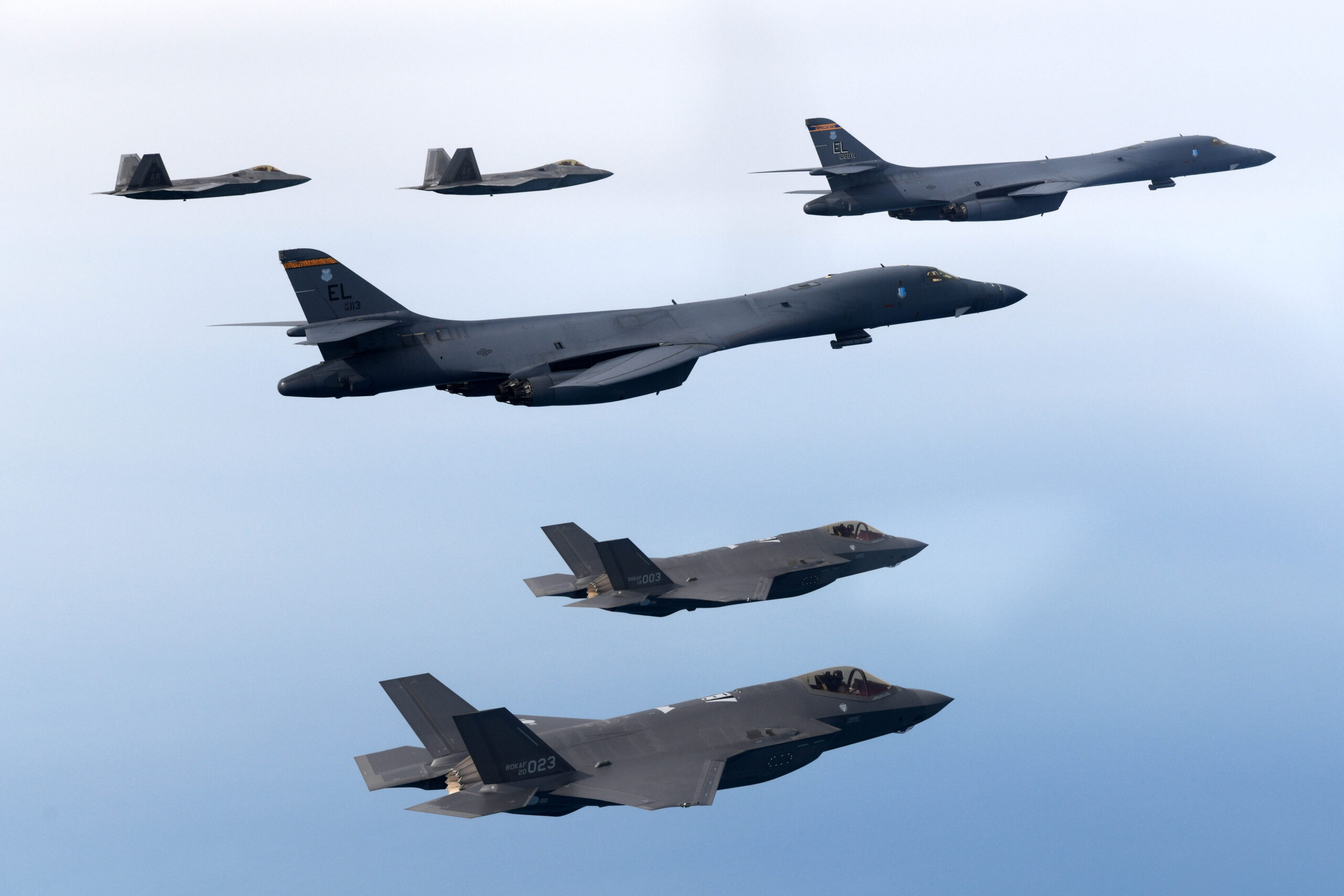
With Singapore and the United States currently looking into the feasibility of basing RSAF F-15SGs at Andersen Air Force Base in Guam, there’s also potential that the Singaporean F-35As could be based here in the future, too. While the envisaged F-15SG presence there would take the form of a training detachment, to be established around 2029, the base could also have significant operational value for Singapore. Currently, RSAF F-15s and F-16s conduct their training in the United States and if these valuable airframes were required for a contingency closer to home, it would be quicker and cheaper to bring them back from Guam.
It’s also interesting to consider how Singapore may employ its stealthy F-35s as an adjunct to its F-15SGs, 40 of which are operated.
Compared to the F-35, the F-15SG has superior range and load-carrying capability and could be used as something of a ‘weapons truck,’ hauling larger quantities of stores — including dimensionally larger weapons — for both long-range air defense and strike missions. In this way, targets could be identified by the F-35’s powerful sensor suite before being passed over to F-15s flying further away from the immediate threat and attacked from a standoff distance. This would help the F-35 retain its stealth advantage and make up for its limitations in terms of the quantity of its internal armament.
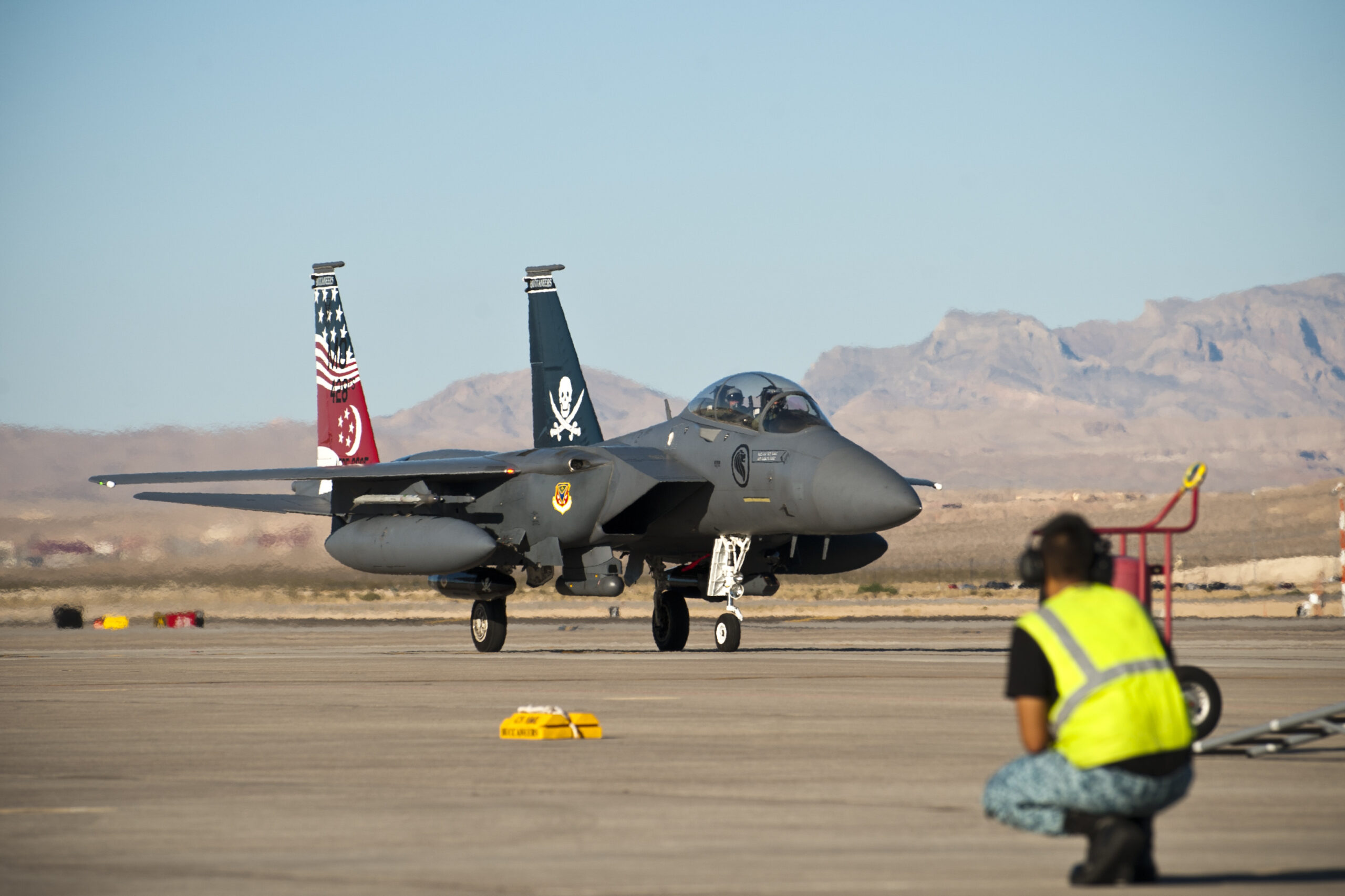
Beyond working with the F-15SG, Singapore may well also be looking at its options in terms of uncrewed adjuncts to the F-35.
“Going further down the road, Singapore could explore Collaborative Combat Air and would probably be keen to study the ongoing programs in Australia and the United States,” Choo contends. “This will certainly help as the city-state grapples with declining birthrates while providing combat mass.”

You can read more about the U.S. Air Force’s Collaborative Combat Air (CCA) program here, suffice it to say that the service aims to acquire at least 1,000 drones under the first phase. The overall effort includes autonomous technologies, sensors, and other mission systems, command and control capabilities, and more, with the goal of a CCA design entering production by 2028. Each of the initial batch of CCAs is likely to cost between one-quarter and one-third of the unit price of an F-35 and is expected to work alongside the stealth fighters. These kinds of drones could be especially interesting to the RSAF and its aspirations for a “next-generation” air force.
As it sits now, the USAF is looking to invite allies into the CCA program during the second increment of design and production that isn’t too far off in the future. This would be the ideal time for Singapore to become a partner in future CCA procurement. You can read all about these still tentative plans here.
With plans to retire the RSAF’s 60-strong fleet of F-16s starting in the mid-2030s, the prospects of further Joint Strike Fighter orders look good. Whether it opts for more F-35As or more F-35Bs remains to be seen.
Contact the author: thomas@thewarzone.com
